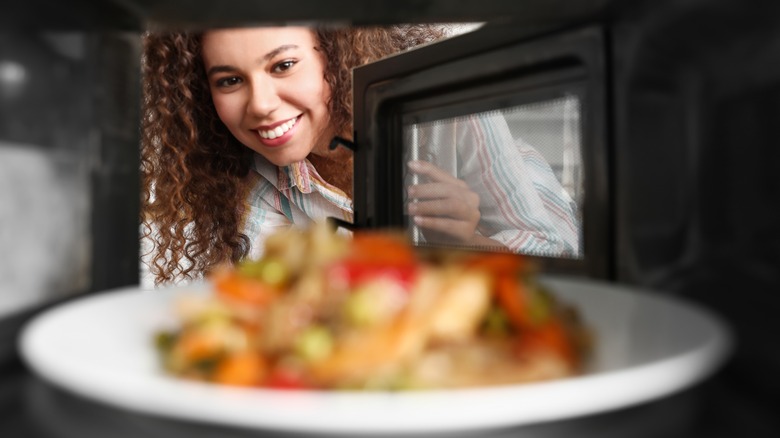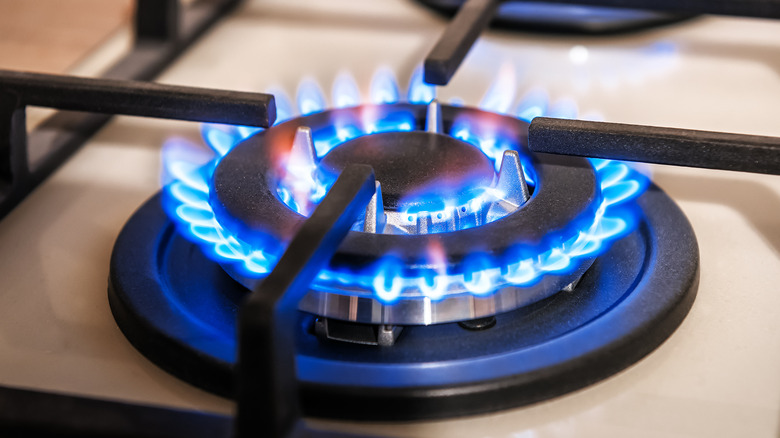Does Fully Cooked Frozen Food Have To Be Warmed Up?
While we would all love to enjoy freshly prepared homemade meals every day, sometimes life gets in the way. If you had to work late or just have time for a quick dinner, a frozen meal can be a great solution. With so many options available through Trader Joe's or your other favorite grocery store, even the busiest person can enjoy a delicious and wholesome meal. Simply heat and serve!
You may wonder whether you need to heat "fully-cooked" frozen foods or whether simply thawing is good enough. The answer depends on the kind of food, you obviously wouldn't cook ice cream, but most frozen ready meals require heating, just like most leftovers also require heating.
When eating frozen foods without reheating you are trusting that the food was properly prepared and frozen and that nothing contaminated it during or after this process. It turns out that sometimes people are not even sure whether the food was thoroughly cooked. The USDA conducted a study to see whether people knew how to safely prepare frozen poultry dishes. They found around 22% couldn't correctly identify whether the dish was "ready to eat" or still uncooked or undercooked. Learning to read the labels is crucial, especially for food that has "browned breading, grill marks or other signs that normally show that a product has been cooked."
The USDA offers additional tips to reduce the risk of foodborne illnesses from frozen food including guidelines on reheating it.
Keeping food away from the danger zone
Basically, even if the food looks cooked, "it is important to follow the same food safety guidelines as you would if you were cooking a fresh, raw product," explained Dr. Mindy Brashears, USDA Under Secretary for Food Safety in a USDA announcement. "Wash your hands before food preparation and after handling raw frozen products, and use a food thermometer to make sure your frozen meals reach a safe internal temperature."
Even if the label indicates it is "Oven Ready" or "ready to cook" the USDA still recommends you fully cook it to safe internal temperatures according to the preparation instructions. Even if the food was thoroughly cooked, they suggest that "All ready-to-eat or fully cooked frozen foods should be thoroughly heated to 165 degrees Fahrenheit."
The intention is to ensure foods are cooked to high enough temperatures to kill bacteria especially if the food was ever within the "Danger Zone" between 40 degrees Fahrenheit and 140 degrees Fahrenheit for too long, per USDA. Previous guidance listed an exception that applies to food that was "commercially vacuum sealed" or is "ready to eat." In those cases, the USDA recommended reheating it to at least 140 degrees Fahrenheit.
Also, sometimes, fully cooked frozen food products are recalled once contamination is discovered. The FDA encourages you to check before eating pre-cooked foods by visiting FoodSafety.gov or using the USDA's FoodKeeper app on the web, Android, or Apple devices.

